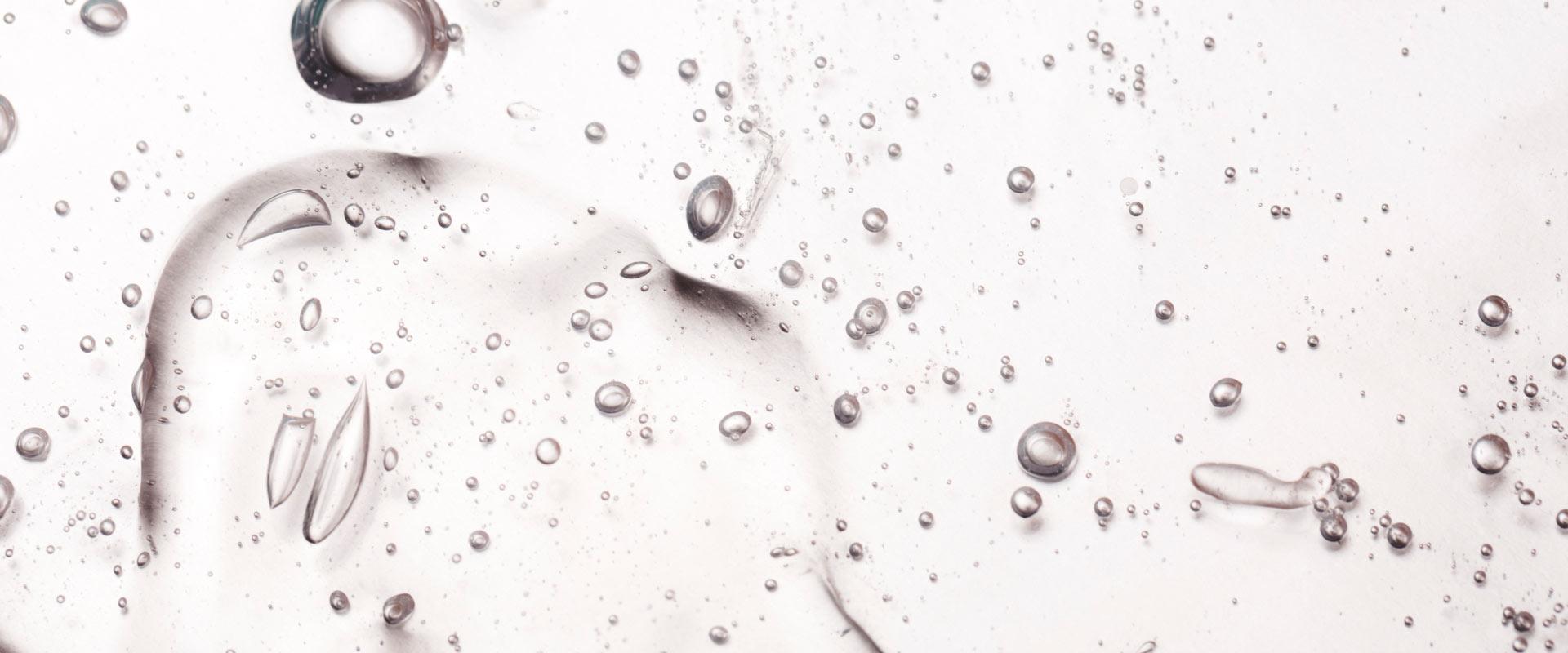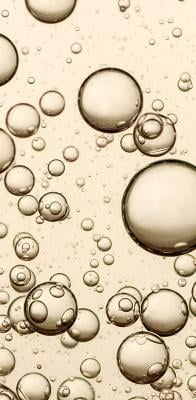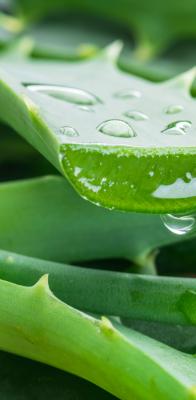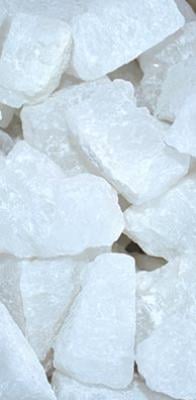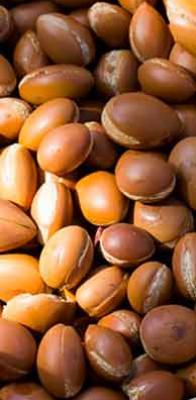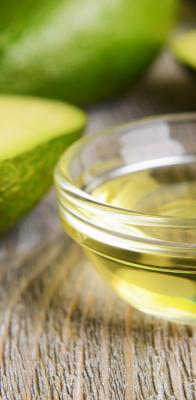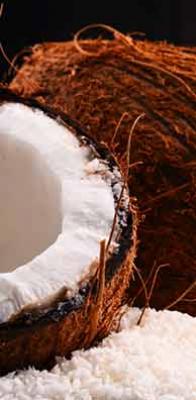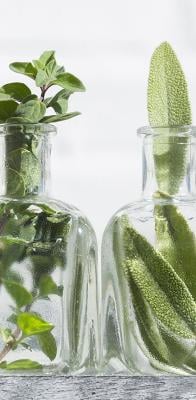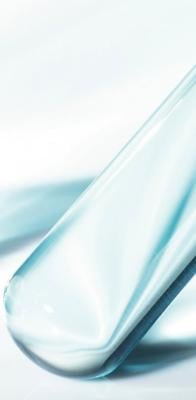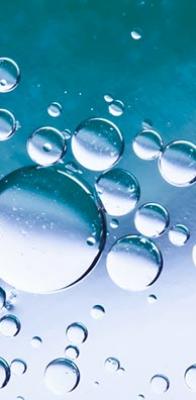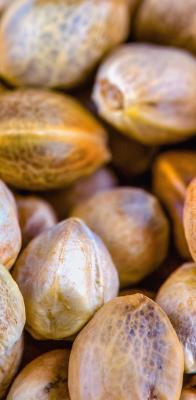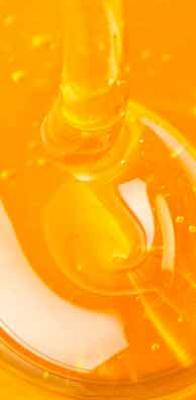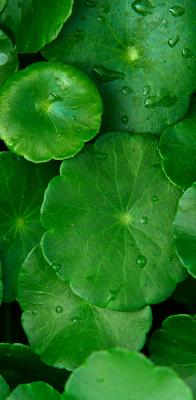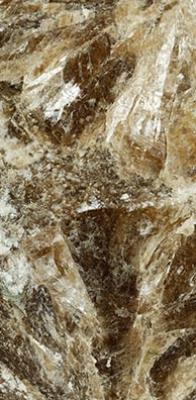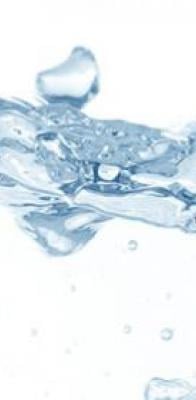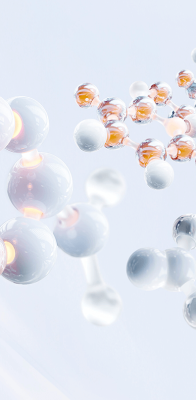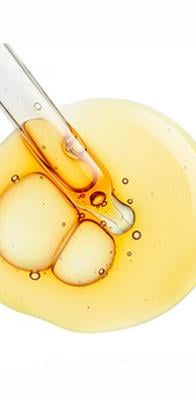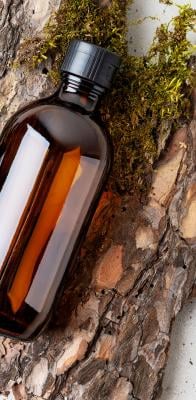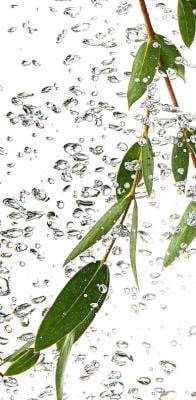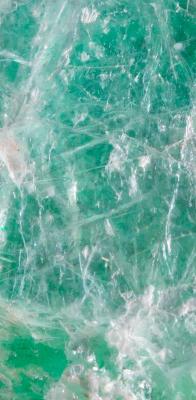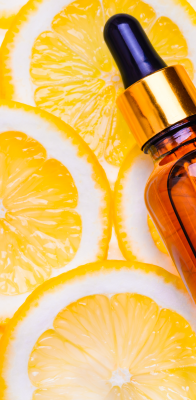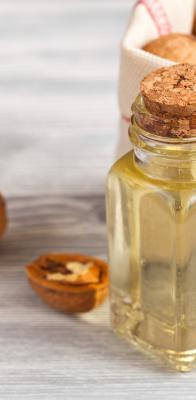What is hyaluronic acid?
Hyaluronic acid is a polysaccharide (natural carbohydrate) produced by the cells in our body. The origin of its name comes from the Greek “hualos”, which means “glass” and by extension “transparent”. First identified in the eye, it is most present in the skin. It is highly moisturising.
To find hyaluronic acid in our products, it appears in the list of ingredients on the packaging under the names HYALURONIC ACID, HYDROLYZED HYALURONIC ACID or SODIUM HYALURONATE
Where does it come from?
Hyaluronic acid is produced by biotechnology. It is obtained by bio-fermentation, a process using lactic acid bacteria. Then it is collected, purified and dehydrated to form a powder. When added to water, it forms a more or less textured gel.
The hyaluronic acid we use is of natural origin. It has a good environmental profile and is biodegradable. Its manufacturing process complies with the principles of green chemistry*. We also use organic hyaluronic acid in our organic and natural ranges.
*process using minimum energy and water and generating minimum waste
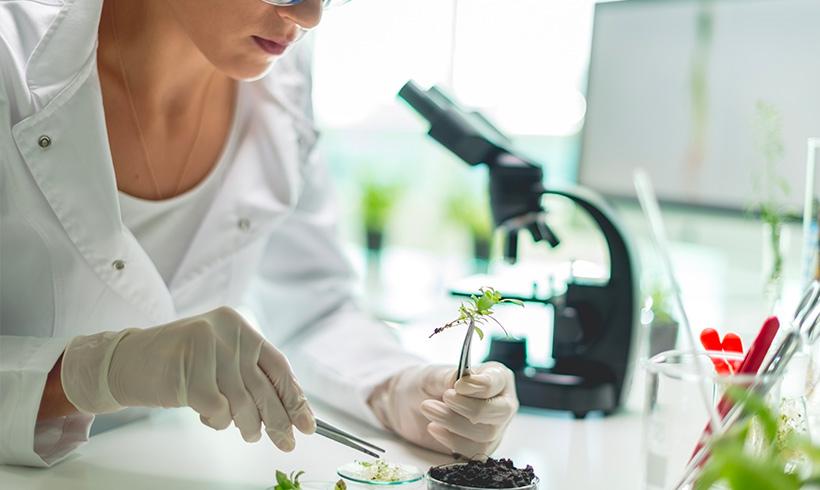
Why is it used?
Hyaluronic acid is used in cosmetics in skin care and make-up products for its moisturising and anti-aging benefits.
-
Hydration
-
Anti-aging
What are its benefits?
Applied to the skin, it forms a film that keeps water on the surface and thus slows down its evaporation. It improves the suppleness and softness of the skin.
The natural production of hyaluronic acid in the skin declines over time, contributing to the appearance of wrinkles. For this reason, this active ingredient is widely used in cosmetic medicine for wrinkle filling.
To optimise the performance of this active ingredient in cosmetics, it is used in a fragmented form. The fragments can penetrate the upper layers of the skin and help to fill in wrinkles. They can also restart the synthesis of hyaluronic acid in the skin.
The facts:
- Numerous studies have been conducted in vitro and in vivo to examine the effects of hyaluronic acid on the skin. One of them highlights the multiple benefits of this ingredient. For more information click here.
- The size of the hyaluronic acid fragments is selected so that they only penetrate the uppermost layers of the skin.
How is it used in our products?

We use hyaluronic acid mostly in our moisturising and anti-aging skin care products in its fragmented or traditional form, for its moisturising properties.
In make-up products such as foundations, we use it to enhance their moisturising performance.

